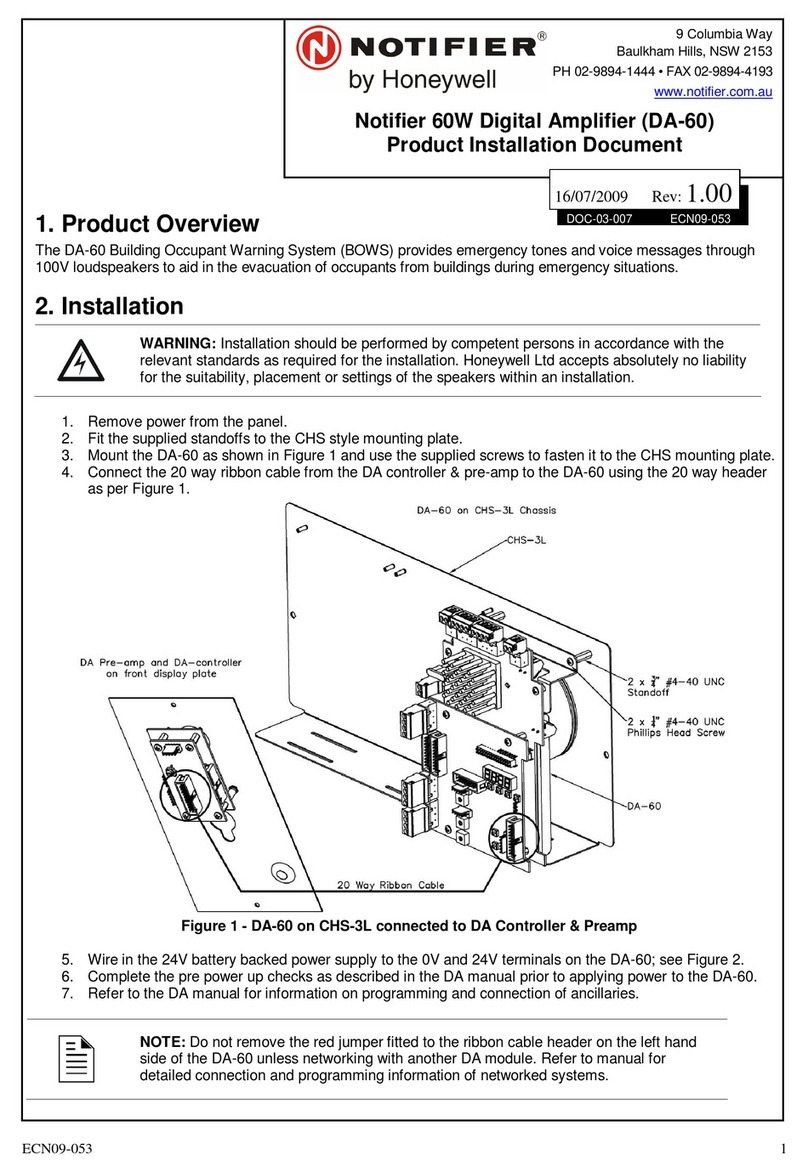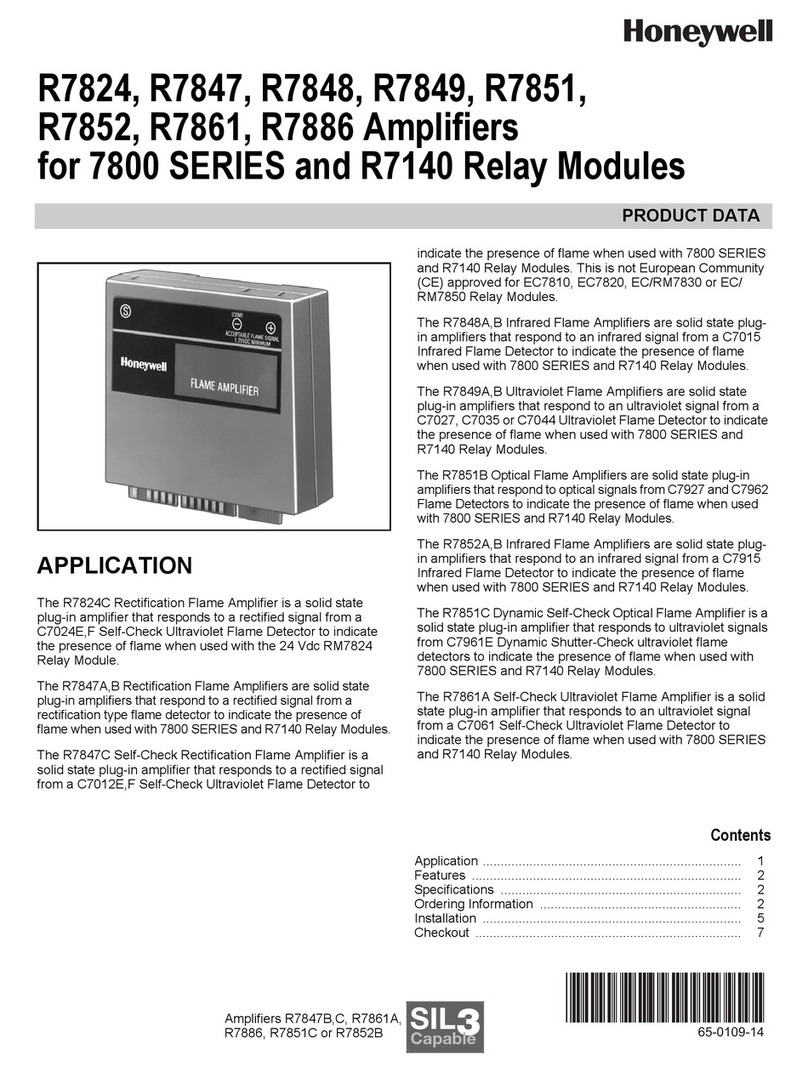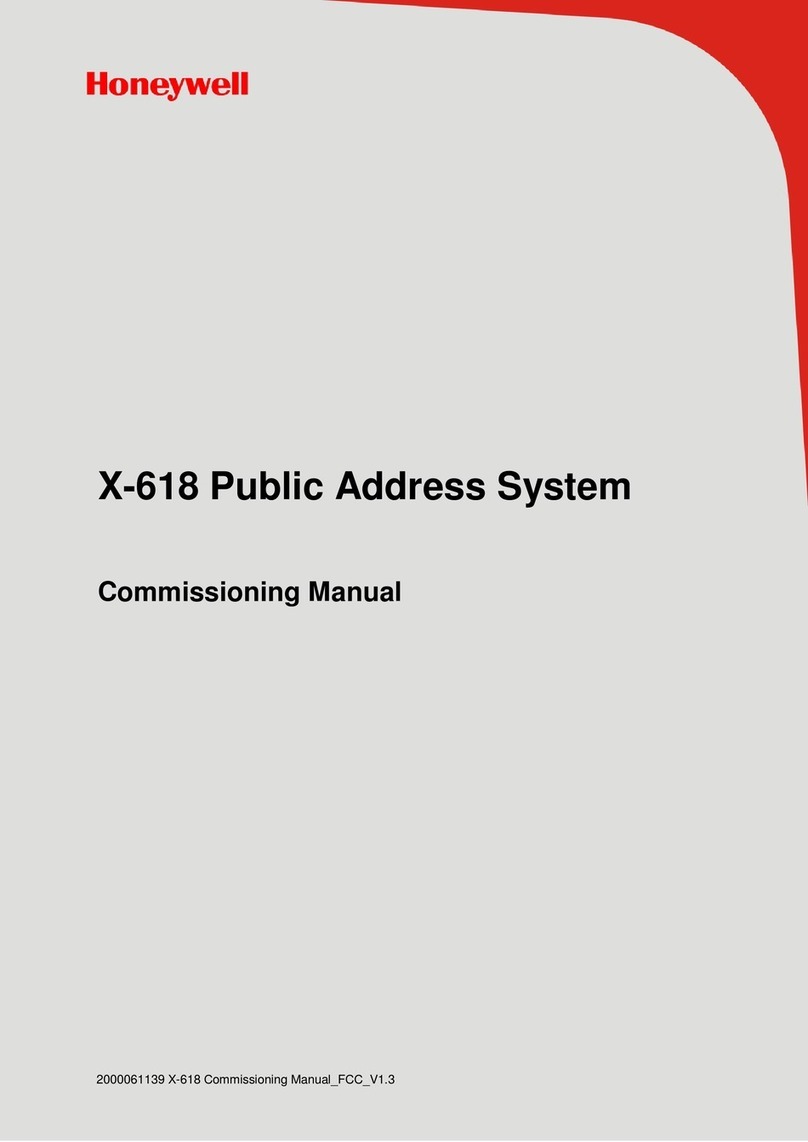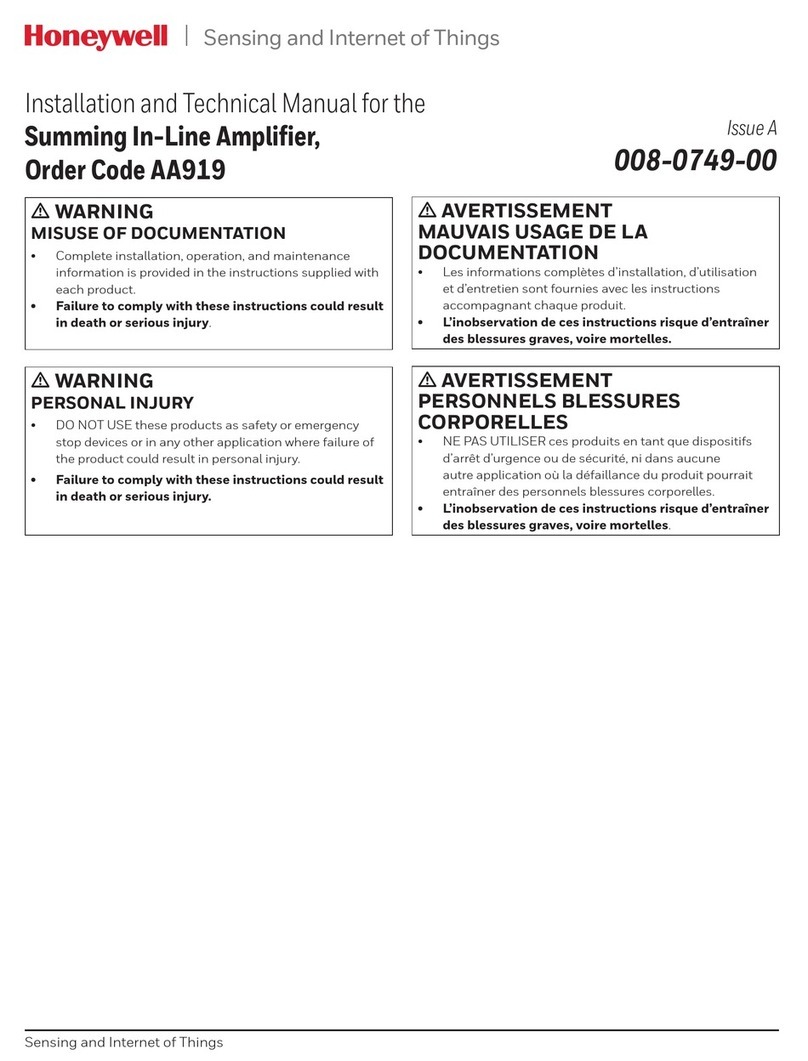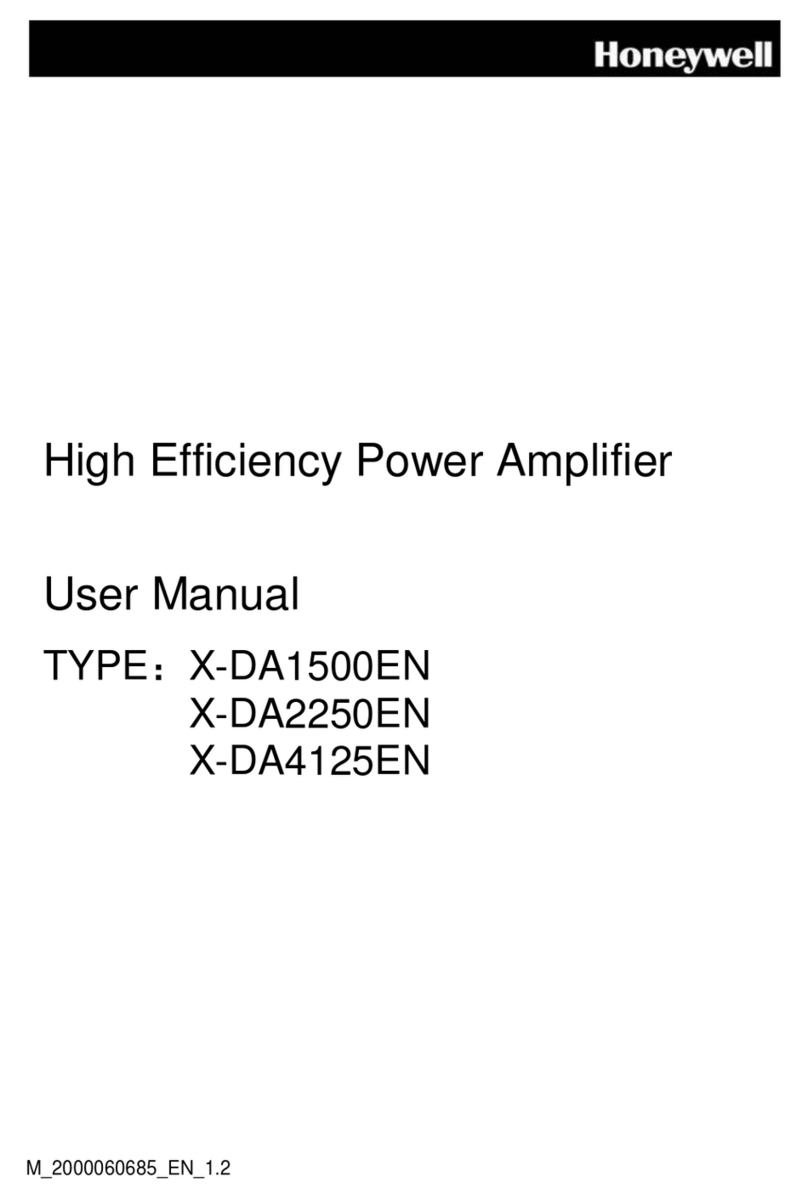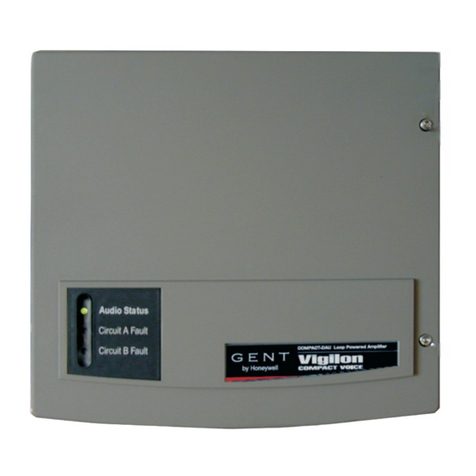
Bendix/King
KMA28
Audio Amplifier/Intercom/Marker Beacon Receiver
006-10565-0000 Page iRev. 0, Sept. 2000
Table of Contents
1 SECTION I GENERAL INFORMATION.........................................................................1-1
1.1 INTRODUCTION...........................................................................................................1-1
1.2 SCOPE.............................................................................................................................1-1
1.3 EQUIPMENT DESCRIPTION.....................................................................................1-1
1.4 APPROVAL BASIS - .....................................................................................................1-2
1.5 SPECIFICATIONS ........................................................................................................1-3
1.6 EQUIPMENT SUPPLIED.............................................................................................1-4
1.7 EQUIPMENT REQUIRED BUT NOT SUPPLIED....................................................1-5
1.8 LICENSE REQUIREMENTS.......................................................................................1-5
2 SECTION II - INSTALLATION.........................................................................................2-1
2.1 GENERAL INFORMATION........................................................................................2-1
2.1.1 SCOPE........................................................................................................................2-1
2.1.2 CERTIFICATION REQUIREMENTS.................................................................................2-1
2.2 UNPACKING AND PRELIMINARY INSPECTION................................................................2-1
2.3 EQUIPMENT INSTALLATION PROCEDURES....................................................................2-1
2.3.1 COOLING REQUIREMENTS...........................................................................................2-1
2.3.2 MOUNTING REQUIREMENTS .......................................................................................2-1
2.3.3 MOUNTING RACK INSTALLATION ...............................................................................2-2
2.3.4 CONNECTOR ASSEMBLY .............................................................................................2-2
2.4 CABLE HARNESS WIRING ...............................................................................................2-2
2.4.1 NOISE ..........................................................................................................................2-2
2.4.2 EXISTING KMA-24 INSTALLATION.............................................................................2-3
2.4.3 EXISTING PS ENGINEERING PMA6000 INSTALLATIONS ............................................2-3
2.4.4 POWER ........................................................................................................................2-3
2.4.5 COMMUNICATIONS PUSH-TO-TALK ............................................................................2-3
2.4.6 TRANSMIT INTERLOCK................................................................................................2-3
2.4.7 "SWAP" MODE ............................................................................................................2-4
2.4.8 BACKLIGHTING ...........................................................................................................2-4
2.4.9 UNSWITCHED INPUTS..................................................................................................2-4
2.4.10 INTERCOM WIRING ....................................................................................................2-4
2.4.11 COM 3 AUDIO............................................................................................................2-5
2.4.12 PUBLIC ADDRESS FUNCTION.....................................................................................2-5
2.4.13 PA MUTE (J1, PIN 18)...............................................................................................2-6
2.4.14 CONTROL OUTPUT (J2, PIN 4)...................................................................................2-6
2.4.15 VOX OVERRIDE (J2, PIN U) .....................................................................................2-6
2.5 MARKER INSTALLATION.................................................................................................2-6
2.5.1 MIDDLE MARKER SENSE ............................................................................................2-6
2.5.2 EXTERNAL MARKER LIGHTS ......................................................................................2-6
2.5.3 MARKER ANTENNA INSTALLATION ............................................................................2-6
2.6 ADJUSTMENTS..................................................................................................................2-7
2.7 COMMUNICATIONS ANTENNA INSTALLATION NOTES..................................................2-7
2.8 WIRELESS TELECOMMUNICATIONS INTERFACE ...........................................................2-7
2.8.1 HOOK SWITCHES.........................................................................................................2-8
2.9 KMA 28 PIN ASSIGNMENTS ...........................................................................................2-9
2.10 POST INSTALLATION CHECKOUT ...............................................................................2-10
2.11 UNIT INSTALLATION....................................................................................................2-10
